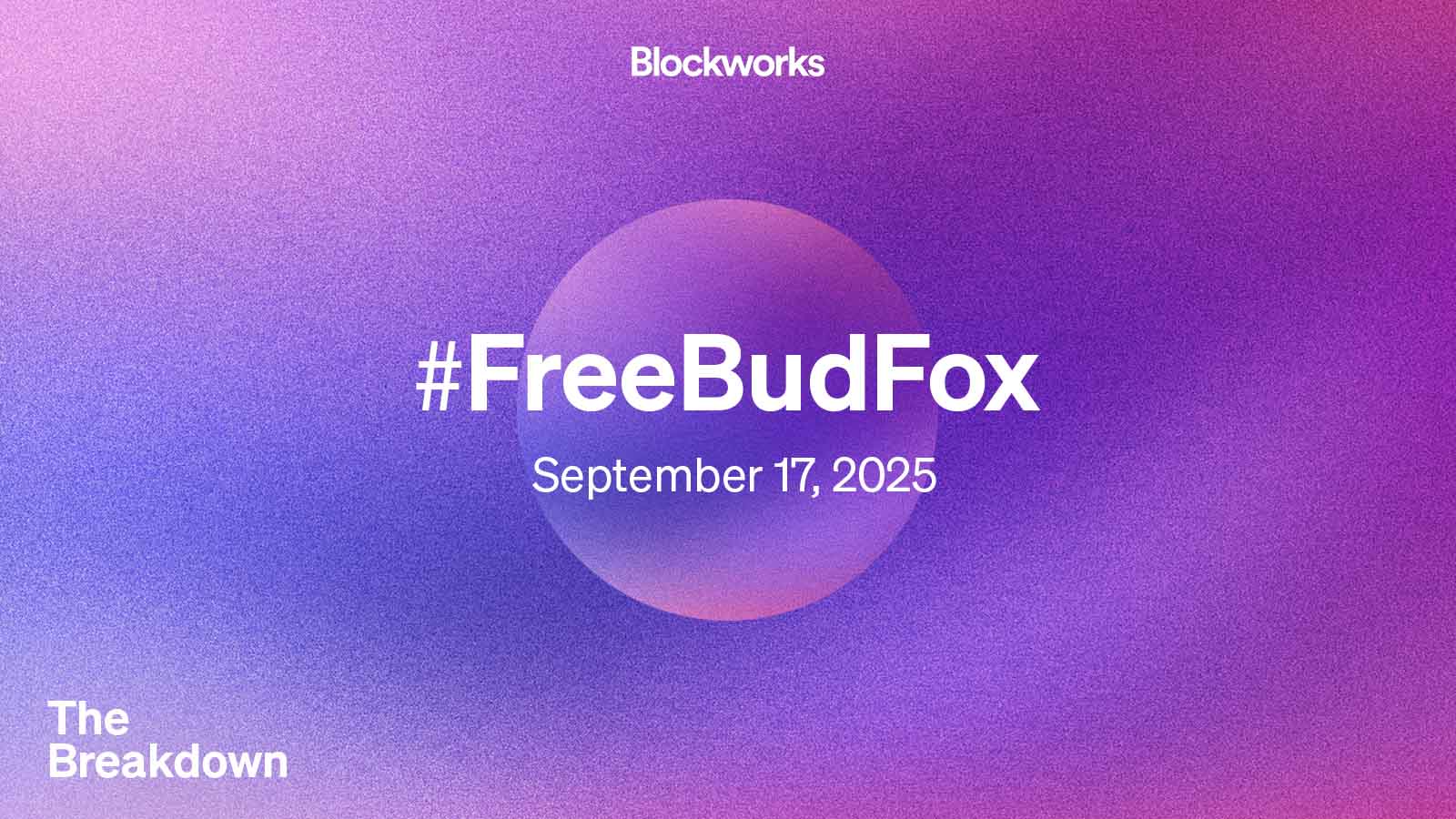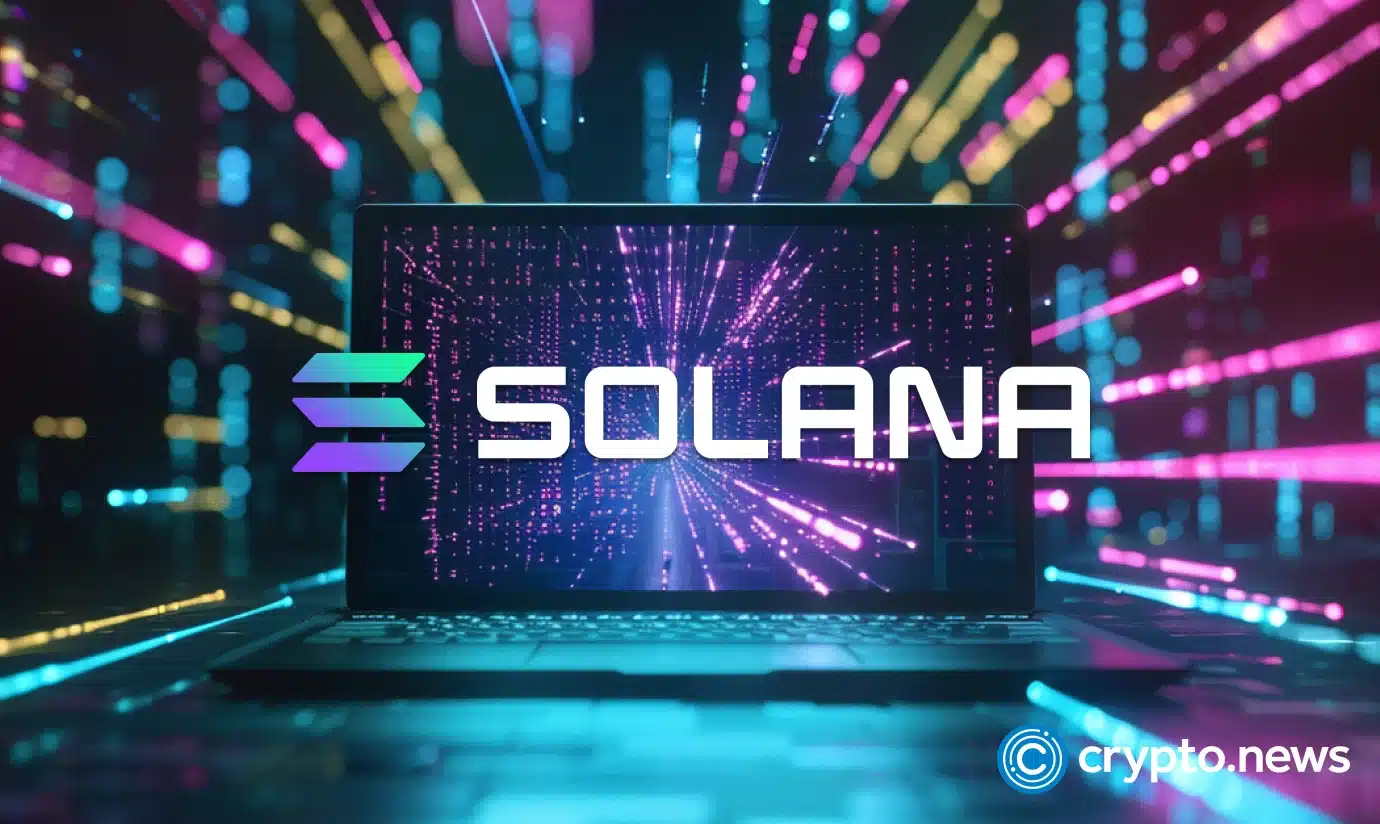If passed, HIP-5 would establish a second Hyperliquid assistance fund to bootstrap and support ecosystem tokens beyond HYPE.
The Hyperliquid community is considering a new proposal, dubbed HIP-5, that would establish a secondary assistance fund to support Hyperliquid ecosystem projects using a portion of the decentralized exchange’s revenue.
One of the proposal’s co-authors, Ericonomic, shared the details on X and in the Hyperliquid Discord, but the idea of altering Hyperliquid’s fee buyback mechanism has left the community split.
Currently, Hyperliquid uses 99% of its revenue to buy back HYPE tokens through its assistance fund. Under HIP-5, a second assistance fund (AF2) would be formed with up to 5% of total protocol fees allocated to buy back tokens from Hyperliquid’s strict list, such as PURR, and upcoming ecosystem tokens from Kinetiq, Felix, and other HyperEVM protocols.
Hypothetical Fee Distribution – HIP-5HYPE stakers would be able to vote to determine which ecosystem tokens to buy and in what quantities.
One user, known as Altoshi, responded on X and said, “respectfully, I don’t support this. Allocating fees to third-party projects may lead to bribery, and cabals milking money from the DAO; given the USDH voting process, this would lead to some groups using AF2 as the exit liquidity for their seed investments. This is exactly what happened to Cosmos $ATOM and Polkadot $DOT, cabals were milking the system.”\
Meanwhile, other HYPE holders voiced their support for the mechanism, claiming that it incentivizes builders and HYPE governance participation. Purrteil, an anonymous trader and Hyperliquid supporter, said, “This is literally what I spoke about since TGE. Would love to see it happen!”
“It will encourage literally every single builder in the space to build on top of HL, because their token would participate in this. Meanwhile, it brings another utility for $HYPE,” Purrteil concluded.
Source: https://thedefiant.io/news/defi/controversial-hyperliquid-hip-5-proposal-leaves-community-split


